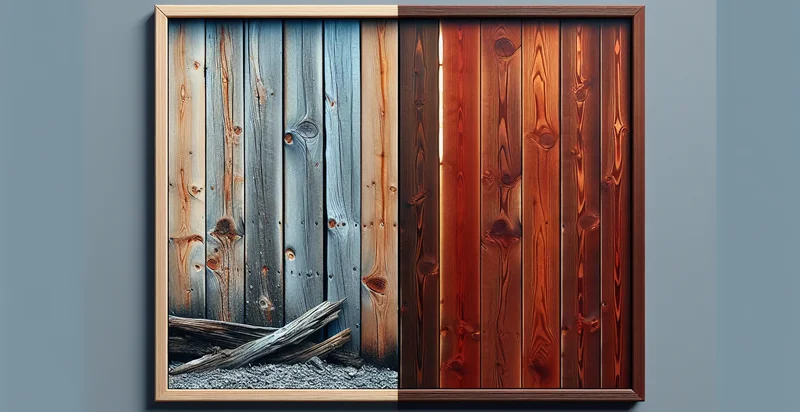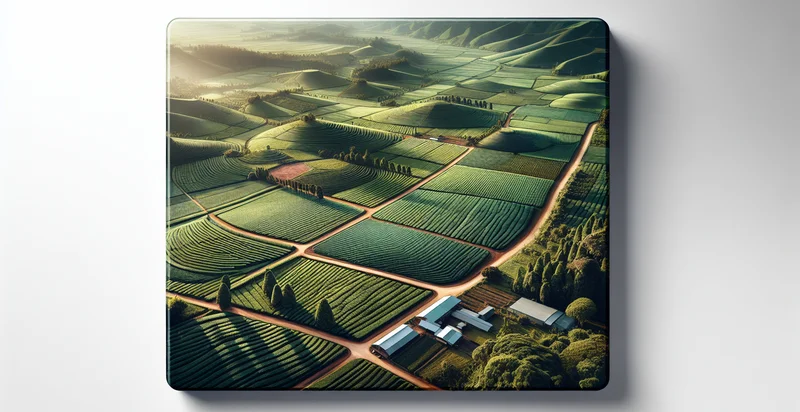Identify treated vs untreated
using AI
Below is a free classifier to identify treated vs untreated. Just upload your image, and our AI will predict if a sample is treated or untreated - in just seconds.

Contact us for API access
Or, use Nyckel to build highly-accurate custom classifiers in just minutes. No PhD required.
Get started
import nyckel
credentials = nyckel.Credentials("YOUR_CLIENT_ID", "YOUR_CLIENT_SECRET")
nyckel.invoke("treated-vs-untreated", "your_image_url", credentials)
fetch('https://www.nyckel.com/v1/functions/treated-vs-untreated/invoke', {
method: 'POST',
headers: {
'Authorization': 'Bearer ' + 'YOUR_BEARER_TOKEN',
'Content-Type': 'application/json',
},
body: JSON.stringify(
{"data": "your_image_url"}
)
})
.then(response => response.json())
.then(data => console.log(data));
curl -X POST \
-H "Content-Type: application/json" \
-H "Authorization: Bearer YOUR_BEARER_TOKEN" \
-d '{"data": "your_image_url"}' \
https://www.nyckel.com/v1/functions/treated-vs-untreated/invoke
How this classifier works
To start, upload your image. Our AI tool will then predict if a sample is treated or untreated.
This pretrained image model uses a Nyckel-created dataset and has 2 labels, including Treated and Untreated.
We'll also show a confidence score (the higher the number, the more confident the AI model is around if a sample is treated or untreated).
Whether you're just curious or building treated vs untreated detection into your application, we hope our classifier proves helpful.
Related Classifiers
Need to identify treated vs untreated at scale?
Get API or Zapier access to this classifier for free. It's perfect for:
- Agricultural Monitoring: Farmers can utilize the treated vs. untreated identifier to assess the effectiveness of pesticides or fertilizers on crops. By classifying images of crop fields, they can determine which areas show improved health due to treatment, enabling them to make informed decisions on resource allocation and treatment strategies.
- Healthcare Diagnostics: In medical imaging, this function can differentiate between treated and untreated conditions, such as skin lesions or surgical interventions. Healthcare providers can analyze images to monitor patient progress, ensuring timely interventions for any untreated areas.
- Environmental Conservation: Conservationists can use this classification to monitor the effectiveness of restoration efforts in degraded ecosystems. By analyzing imagery of rehabilitated versus untouched areas, they can evaluate which methods yield the best results for biodiversity recovery.
- Quality Control in Manufacturing: Manufacturers can implement the identifier to assess the effectiveness of cleaning or treatment processes on products. By distinguishing treated products from untreated ones, companies can ensure quality consistency, reduce waste, and improve customer satisfaction.
- Pest Control Solutions: Pest control companies can leverage this function to demonstrate the effectiveness of their treatments. By capturing before-and-after images of infested areas, they can clearly show clients the impact of their services, helping to build trust and justify service costs.
- Urban Planning: City planners can utilize the classification to evaluate the effectiveness of urban treatments, such as anti-graffiti or anti-littering initiatives. By analyzing imagery of treated vs. untreated public spaces, they can make informed decisions on where to focus future resources for improving urban environments.
- Insurance Assessments: Insurance companies can implement this function in claims processing to verify the status of damaged properties. By classifying images to see whether properties have been treated for issues like water damage, insurers can expedite claims and ensure fair evaluations based on actual conditions.


